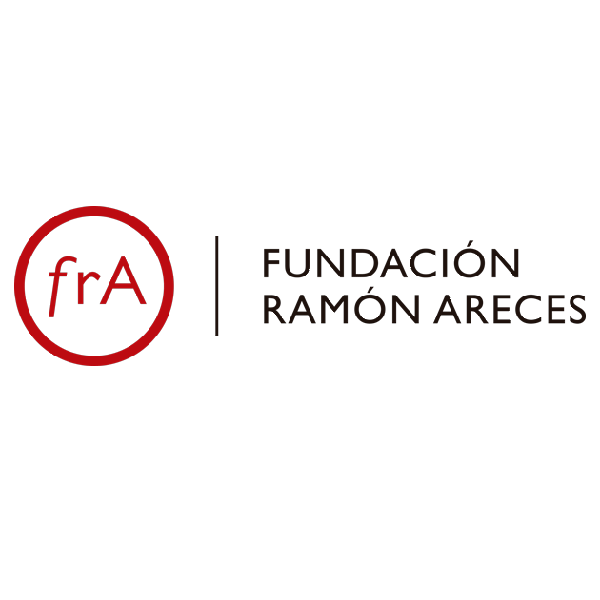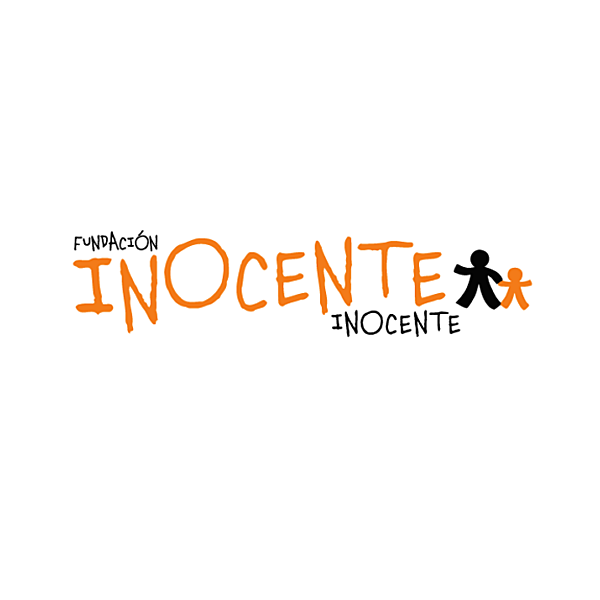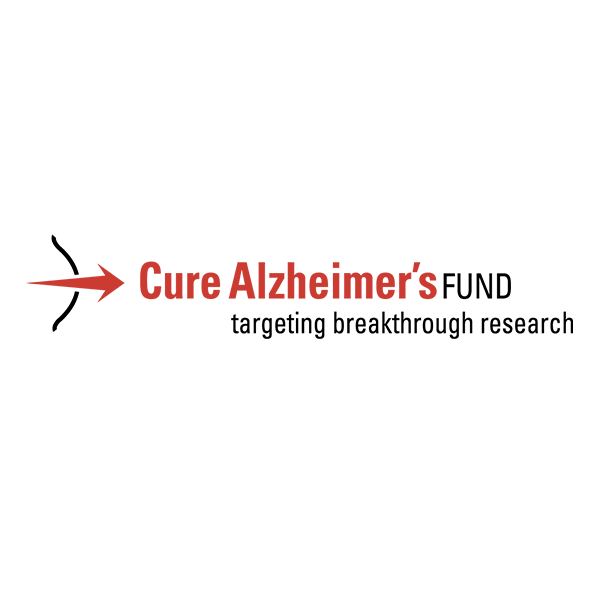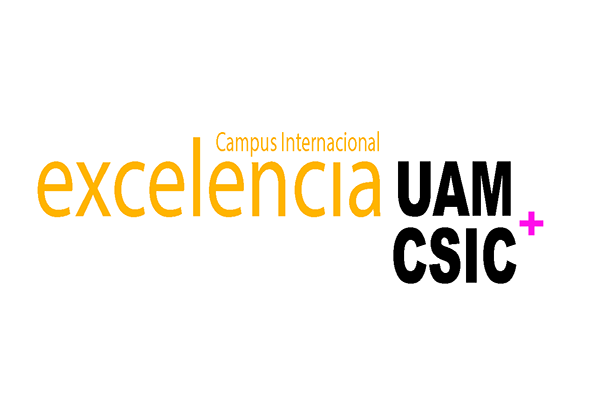Lipids in neuronal physiology and pathology
Research summary:
Our laboratory is interested in understanding the role of lipids in neuronal physiology and pathology. In addition to having a key structural role in membranes, lipids contribute to cell signaling and modulate the function of many proteins including those in synapses. Membrane dynamics is essential for synaptic transmission. The fact that most lipidosis cause cognitive defects and mental retardation evidences the relevance of lipids in synaptic plasticity. We focus on the analysis of sphingolipids and cholesterol, which are particularly enriched in neurons. As experimental models we use mice in which enzymes related to the metabolism of these lipids, or to their transport, have been genetically altered. These mice mimic fatal lysosomal storage disorders, such as Niemann pick types A and C, which lead to neurodegeneration, cognitive and psychiatric problems. The lipidic alterations we have found in these mice are similar to those reported in aging brains and may contribute to the cognitive decline that occurs as we age. In addition to the contribution to synaptic plasticity, research in the group has unveiled relevant roles of sphingomyelin and cholesterol in cellular processes such as autophagy, calcium homeostasis, or the establishment of axonal polarity in neurons as well as in microglia activation and oligodendrocyte differentiation. We preclinically assess pharmacological and genetic therapies to prevent/revert the consequences of lipid alterations. Recently, we are implementing in the lab the use of inducible pluripotent stem cells (iPSCs) from patients of lipidosis, and cerebral organoids to study lipid metabolism in the human context. The translational side of our research allows the generation of patents, the collaboration with pharma companies, the contact with patient associations and the participation in clinical trials. With our work we hope to contribute to understand and treat neurological diseases from childhood like Niemann Pick as well as neurodegenerative diseases related with aging such as Alzheimer.
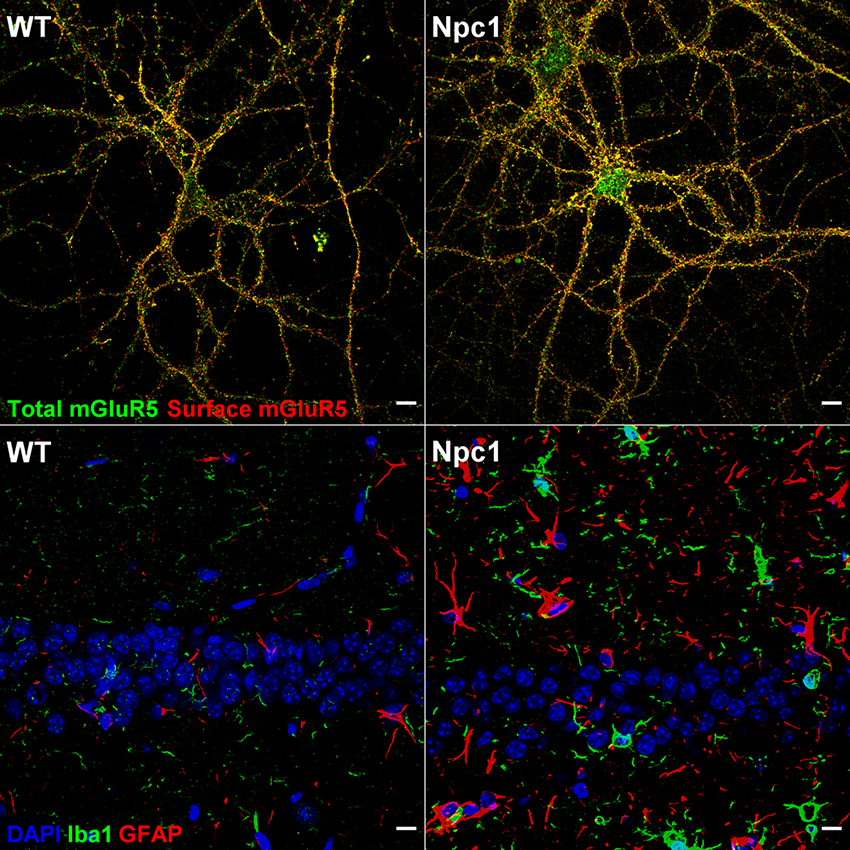
Figure 1: Neuronal and glial alterations in Niemann Pick disease type C. Immunofluorescence images in cultured neurons and brain of wild type mice (WT) and mutant mice for the cholesterol transport protein Npc1 (Npc1), which mimic Niemann Pick disease type C. Upper panel: total and surface immunostaining of the metabotropic glutamate receptor 5 (mGluR5) in cultured hippocampal neurons showing increased intracellular levels of this receptor in Npc1 compared to WT. Lower panel: immunostaining against microglia (iba1), astrocytes (GFAP) and nuclei (DAPI) showing the microgliosis and astrocytosis that occurs in the hippocampus of Npc1 compared to WT mice.
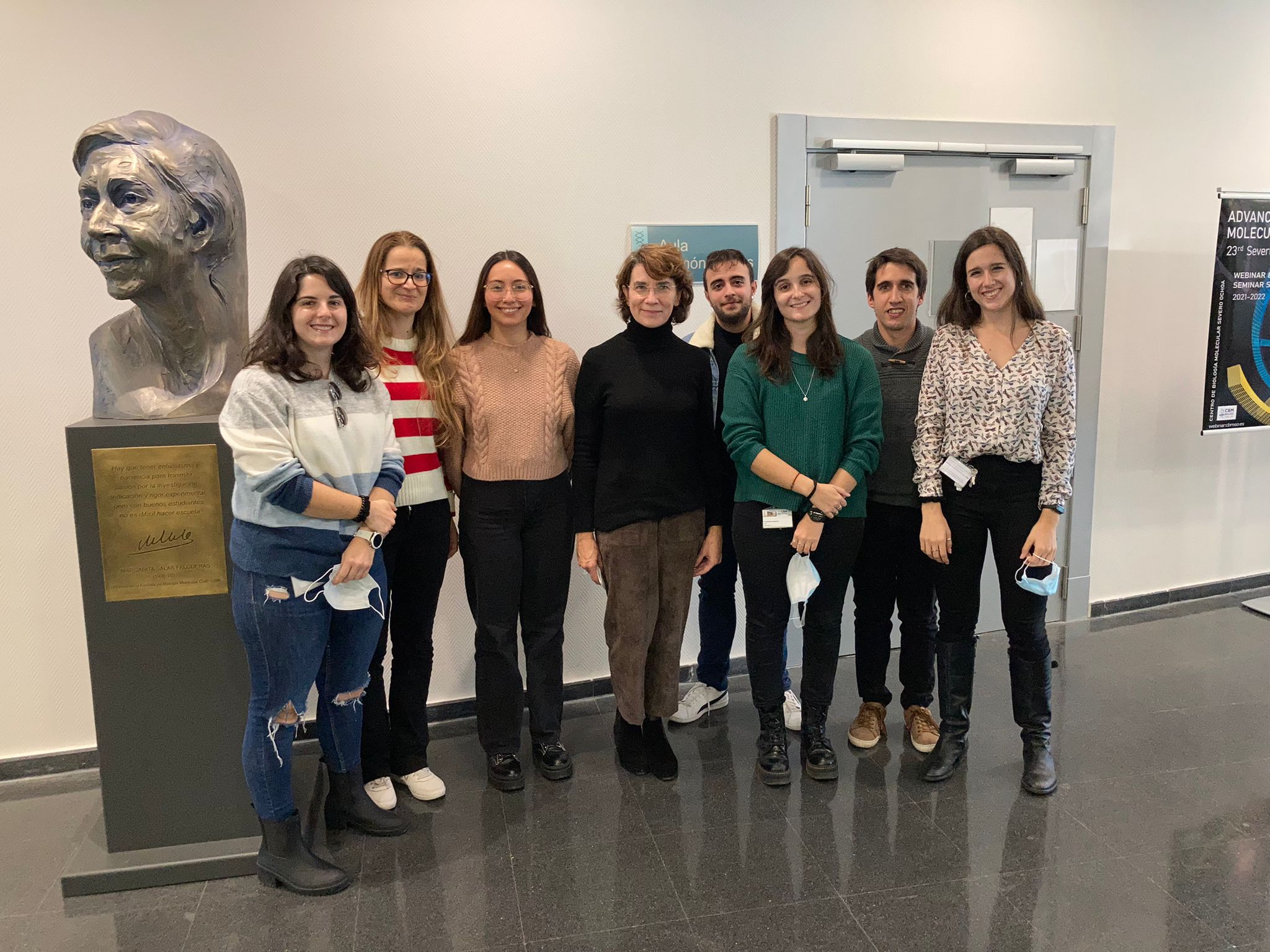
| Last name | Name | Laboratory | Ext.* | Professional category | |
|---|---|---|---|---|---|
| Enríquez Zarralanga | Violeta | 202 | 4597 | venriquez(at)cbm.csic.es | M3 Predoc.formación |
| Gaudioso Guirado | Ángel | 202 | 4597 | angel.gaudioso(at)cbm.csic.es | Investigador |
| Guerrero Valero | Marta | 202 | 4535 | mguerrero(at)cbm.csic.es | Titulado Sup. Actividades Tecn. y Prof.GP1 |
| Ledesma Muñoz | María Dolores | 202 | 4535 | dledesma(at)cbm.csic.es | E. Investigadores Científicos de Organismos Públicos |
| Melgarejo de la Peña | Elena | 202 | 4597/4535 | emelgarejo(at)cbm.csic.es | Titulado Sup. Actividades Tecn. y Prof.GP1 |
| Naya Forcano | Sara | 202 | 4597 | snaya(at)cbm.csic.es | Investigador Indef. GP1 |
| Villa María | Ana | 202 | 4535 | Estudiante TFG |
Relevant publications:
-
A. Gaudioso, T.P. Silva TP, M.D. Ledesma. Models to study basic and applied aspects of lysosomal storage disorders. Adv Drug Deliv Rev (2022) 190:114532.
-
A.Bartoll, A. Toledano-Zaragoza, J. Casas, M. Guzmán, E.H. Schuchman, M.D. Ledesma MD. Inhibition of fatty acid amide hydrolase prevents pathology in neurovisceral acid sphingomyelinase deficiency by rescuing defective endocannabinoid signaling. EMBO Mol Med. (2020) 12: e11776.
-
A. Toledano-Zaragoza, M.D. Ledesma. Addressing neurodegeneration in lysosomal storage disorders: Advances in Niemann Pick diseases. Neuropharmacology. (2020) 171: 107851.
-
D.N. Mitroi, G. Pereyra-Gómez, B. Soto-Huelin, F. Senovilla, T. Kobayashi, J.A. Esteban, M.D. Ledesma. NPC1 enables cholesterol mobilization during long-term potentiation that can be restored in Niemann-Pick disease type C by CYP46A1 activation. EMBO Rep. (2019) e48143.
-
L.Samaranch, A. Pérez-Cañamás, B. Soto-Huelin, V. Sudhakar, J. Jourado-Arjona, P. Hadaczek, J. Ávila, J.R. Bringas, J. Casas, H. Chen, X.He, E.H. Schuchman, S.H. Cheng, J. Forsayeth, K.S. Bankiewicz, M.D. Ledesma. Adeno-associated viral vector serotype 9-based gene therapy for Niemann Pick disease type A. Science Transl Med. (2019) 11 (506).
-
Gabandé-Rodríguez E, Pérez-Cañamás A, Soto-Huelin B, Mitroi DN, Sánchez-Redondo S, Martínez-Sáez E, Venero C, Peinado H, Ledesma MD.Lipid-induced lysosomal damage after demyelination corrupts microglia protective function in lysosomal storage disorders. EMBO J. (2019) 38 (2): 1-22.
-
A.Pérez-Cañamás, S. Benvegnù, C.B. Rueda, A. Rábano, J. Satrústegui, M.D. Ledesma.Sphingomyelin-induced inhibition of the plasma membrane calcium ATPase causes neurodegeneration in type A Niemann-Pick disease. Mol Psychiatry. (2017) 22: 711-723.
-
A. Pérez-Cañamás, S. Sarroca, C. Melero-Jerez, D. Porquet, J. Sansa, S. Knafo, J.A. Esteban, C. Sanfeliu, M.D. Ledesma. Neurobiol Aging. (2016) 48:1-12.
-
A. Franco-Villanueva, E. Fernández-López, E. Gabandé-Rodríguez, I. Bañón-Rodríguez, J.A. Esteban, I.M. Antón, M.D. Ledesma. WIP modulates dendritic spine actin cytoskeleton by transcriptional control of lipid metabolic enzymes. (2014) Hum. Mol. Genet. 15:4383-4395.
-
E. Gabandé-Rodriguez, P. Boya, V. Labrador, C.G. Dotti, M.D. Ledesma. High sphingomyelin levels induce lysosomal damage and autophagy dysfunction in Niemann Pick disease type A. (2014) Cell Death & Diff. 21:864-875.
-
A.I. Arroyo, P.G. Camoletto, L. Morando, M. Sassoe-Pognetto, M. Giustetto, P.P. Van Veldhoven, E.H. Schuchman, M.D. Ledesma “Pharmacological reversion of sphingomyelin-induced dendritic spine anomalies in a mouse model for Niemann Pick disease type A”. (2014) EMBO Mol Med 6(3):398-413.
-
M.D. Ledesma, M.G. Martin, C.G. Dotti. Lipid changes in the aged brain: effect on synaptic function and neuronal survival. (2012) Prog. Lipid Res. 51: 23-35.
Doctoral theses:
-
Beatriz Soto Huelin. “Aproximaciones terapéuticas para tratar la patología cerebral en la enfermedad de Niemann Pick tipo A”, Octubre 2022. Universidad Autónoma Madrid. Sobresaliente Cum laude. Directora: María Dolores Ledesma.
-
Ana Toledano Zaragoza. “Alteraciones de mGluR5 y el sistema endocannabinoide en la patología psiquiátrica de Niemann Pick tipo C”, Diciembre 2022, Universidad Autónoma Madrid. Sobresaliente Cum laude. Directora: María Dolores Ledesma.
-
Adrián Bartoll Andrés. “El sistema endocannabinoide en la patología y terapia de la enfermedad de Niemann Pick tipo A”, Mayo 2019, Universidad Autónoma Madrid. Sobresaliente Cum laude. Directora: María Dolores Ledesma.
-
Azucena Pérez Cañamás. “Alteraciones de la homeostasis de calcio y esters oxidativo en neuronas deficientes en la esfingomielinasa ácida. Implicaciones en la enfermedad de Niemann Pick tipo A”, Junio 2015, Universidad Autónoma Madrid. Sobresaliente Cum laude. Directora: María Dolores Ledesma.
-
Cristian Galván. “Relevancia de los rafts en la polaridad neuronal e implicancias de sus alteraciones en la enfermedad de Niemann Pick tipo A”, Agosto 2014 , Universidad Católica de Córdoba, Argentina. Sobresaliente Cum laude. Directores: María Dolores Ledesma, Dante Beltramo.
-
Enrique Gabandé Rodríguez. “Alteraciones de la autofagia mediadas por la acumulación de esfingomielina en la enfermedad de Niemann Pick tipo A”, Julio 2014, Universidad Autónoma Madrid. Sobresaliente Cum laude. Directores: María Dolores Ledesma, Carlos Dotti.
-
Ana Isabel Arroyo Tejedor. “Caracterización y rescate de las anomalías en espinas dendríticas en un modelo murino para la enfermedad de Niemann Pick tipo A”, Octubre 2014, Universidad Autónoma Madrid. Sobresaliente Cum laude. Directora: María Dolores Ledesma.
-
Estefanía Fernández López. “Influencia de WIP en el citoesqueleto de actina y la composición lipídica de las espinas dendríticas”, Junio 2013, Universidad Autónoma Madrid. Sobresaliente Cum laude. Directores: María Dolores Ledesma, Inés Antón.
Patents:
-
Compositions and methods for diagnosing, treating and preventing lysosomal storage diseases. Inventores: M.D. Ledesma, A. Gaudioso, E.H. Schuchman. U.S. Patent Application No. 63/369,721. Filing date: July 28, 2022.
-
Use of Efavirenz for the treatment of Lipid Storage Diseases. Inventores: D.N. Mitroi, M.D. Ledesma. Oficina española de patentes No: P201830486, Mayo 2018.
-
Compositions and methods for activating signaling through the CB1 cannabinoid receptor for treating and preventing diseases and disorders characterized by abnormal celular accumulation of sphingolipids such as sphingomyelin. Inventores: M.D. Ledesma, A. Bartoll, E.H.Schuchman. US patent office Application number: 62638837, Marzo 2018.
-
Method for the treatment of Niemann Pick disease type A and related neurological disorders through the activation of neutral sphingomyelinase. Inventores: A.I. Arroyo, P.G. Camoletto, M.D. Ledesma. Oficina española de patentes No. P201131297, Julio 2011
-
Methods and compositions for treatment of Alzheimer’s disease by enhancing plasmin or plasmin-like activity”. Inventores: M.D.Ledesma, C.G.Dotti. No. 09/502,448/ 2000, Julio 2000.





